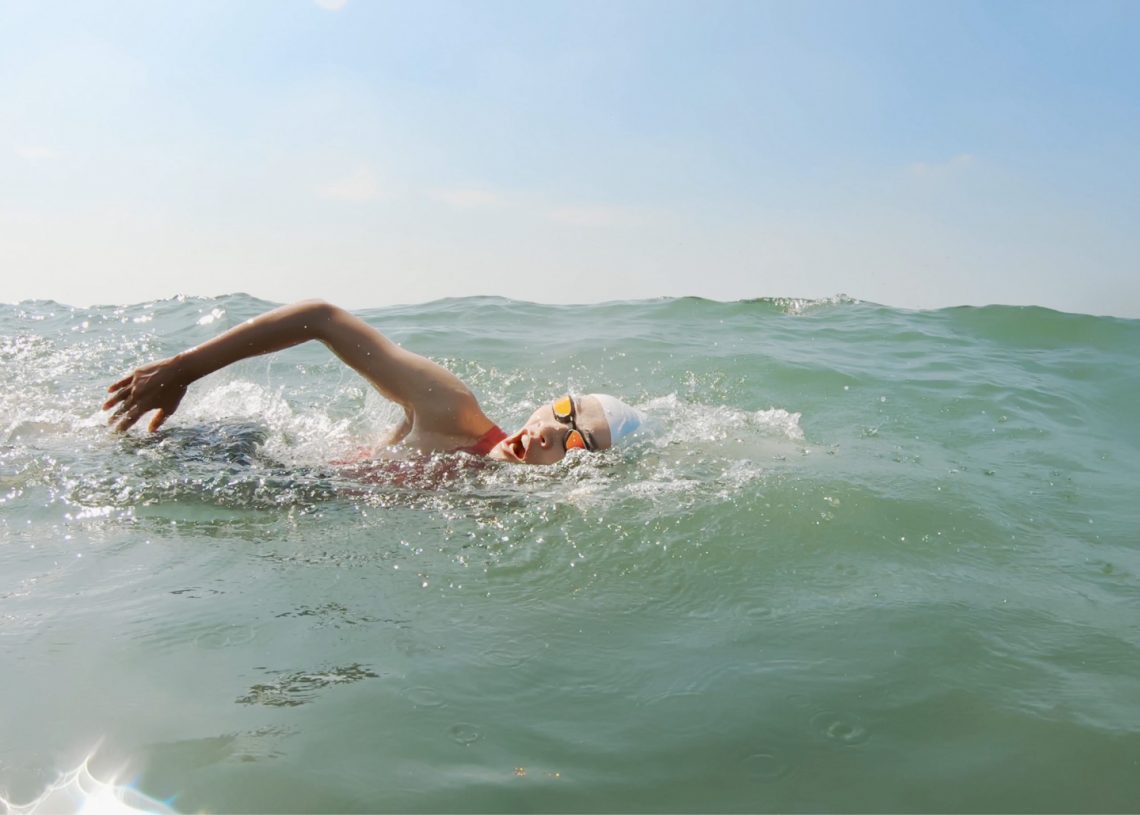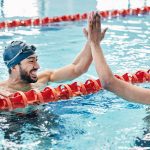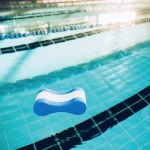
Top five tips for a long-distance swim challenge
So, you’re swimming long-distance? Simon Murie shares his top five tips to help get you in the best shape possible for that long-distance swim challenge you’ve got your sights on.
Now that Christmas is well behind us and those hastily made New Year resolutions now need solid concrete planning behind them, then maybe now isn’t the worst time to start thinking about how you’re going to achieve your long distance swimming goals this year. With this in mind, I thought that I would share my five tips to get you in the best shape possible to take on whatever swim you have planned this year or next.
The pool can be your friend
While this may sound counterproductive, my view is that the months leading up to April can be best used to focus on both your speed and technique. Training in the warm water of a swimming pool is ideal for fulfilling both criteria.
When it comes to technique, honing it now can save you possibly hours of swimming during your future long-distance event, so it’s critical to get this right. For example, you could get a coach to look at your stroke or even a friend to video your stroke from the side of the pool and ideally below the water too, to see if there are any obvious changes required. It’s important to stress that I’m not advocating a total transformation of your stroke at this stage of proceedings, especially if your swim is planned for this summer. Small subtle changes and ensuring your stroke is the same on both sides of your body can be an effective way of dramatically improving your performance.
Increasing one’s swim speed is also an excellent focus during these winter/early spring months. As well as improving your technique, speed can also increase by improving one’s fitness. It’s great to work on your anaerobic energy system, which typically is energy produced at high intensity levels. To achieve these higher intensity levels, it’s best to focus on short sharp sets in your pool training rather than long swims at a sedate pace with endless turning. Trust me that you will have plenty of opportunities for long swims once the open water starts to warm up from April/May onwards!
To know the scale of the challenge, just do half!
We all hear of swimmers who have taken up the idea of doing a challenging long-distance swim (the English Channel comes to mind) and just trained for that event in mind, with no other open water experience apart from where they are training. Now, I know that some of them have been successful, but I also know for sure that a large number have been unsuccessful. I personally put a lot of this down to the fact that they haven’t put themselves into a challenging swim prior to their big event. Let me explain!
I always advise swimmers training for a long-distance swim, to try and swim around half of the distance in an organised race/event with other competing swimmers. Ideally this is done around a year before the main swim is being undertaken. For example, Lake Windermere is pretty much half of the English Channel crossing distance and Coniston Water is about half the distance of Windermere. This racing scenario is an ideal way to push you that little bit further outside of your comfort zone as you undertake a higher-than-normal race pace. The great thing about swimming only half the way, is that when you are close to finishing, you can imagine how you would feel, if you had to tumble turn off the beach/rocks etc and go back and do the distance again. This is a great way for you to mentally prepare for the challenge that lies in the year ahead.
Swim your distance in two days
This is a training routine I have used for all my long-distance swims since legendary English Channel trainer, Freda Streeter introduced it to me in 2002 on Dover beach. Freda was then and is now adamant that a great way to ensure you are prepared for your long swim is to swim the time that you expected to take and break it down over two days. These two days would be around 2-3 weeks prior to your long distance swim, thus ensuring enough recuperation and rest time into your schedule.
This way your body gets to experience the fatigue and muscle soreness created from the first day’s swim and the sensation when you have to get up and get through the 2nd day’s swim. It’s such a simple training routine but I find it really effective in preparing you for the long swim ahead. Thanks Freda!
Familiarity breeds contempt
Being flexible in the locations where you train, will help you prepare for the various challenges that may lie ahead when you undertake your long-distance swim. For example, swimming in a reservoir while obviously useful won’t help you prepare yourself for the potential choppy conditions that a sea swim might present. Having a range of swimming experiences under your belt, such as lakes, rivers, estuaries, bays, exposed headlands etc.. can be a great way to dot and cross those open water swimming i’s and t’s.
It is also important to point out that having experiences in fresh water as well as sea water is also really beneficial. The lower buoyancy of fresh water in a loch for example can be an excellent training tool, for a swimmer preparing for a sea swim, as they will need to work harder to keep their body horizontally aligned on the water surface. Conversely, for someone training for a lake swim, they would benefit from the potential turbulence of a sea swim, which would make them focus on their technique in a way that they wouldn’t think of in flat benign conditions.
Listen to others but think for yourself
Another lesson that I have learnt over the 20 years that I have been in the open water swimming scene, is the number of opinions that I have been given, when it comes to training and preparing for that BIG SWIM!
For example, if I had listened to some accomplished swimmers, I would have prepared for my long swims with a high fat diet to try and produce a higher insulating fat layer on my body. While this may have helped to keep out the cold, it would undoubtedly have slowed me down in the water as I would have been dragging this excess weight with me during the swim. I realised early on that I wasn’t affected as much as some others by colder temperatures.
I use the above as an example only as something that didn’t work for me but may well work for you. Trust me, there are scores of examples I could have given there. What I’m trying to say is that while it’s always good and recommended to seek advice by more experienced swimmers, you should trust your own gut instinct as to what is the best way to train for you personally. Afterall no one knows your body like you do! Please take my thoughts in this article as a case in point and use them or not as you see fit! Good luck with the training ahead and whatever swim you have planned.
Simon Murie is the founder of SwimTrek, pioneers in adventure swimming holidays. Read more features written by Simon here.








